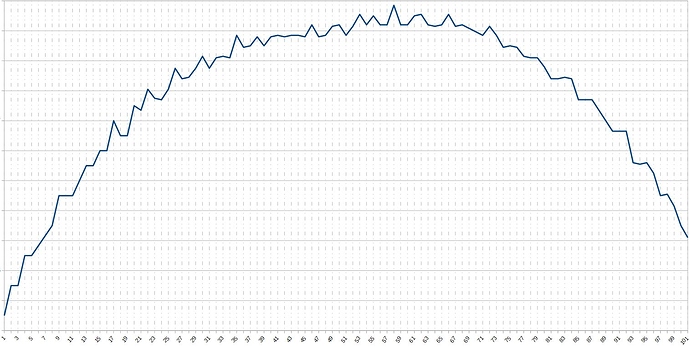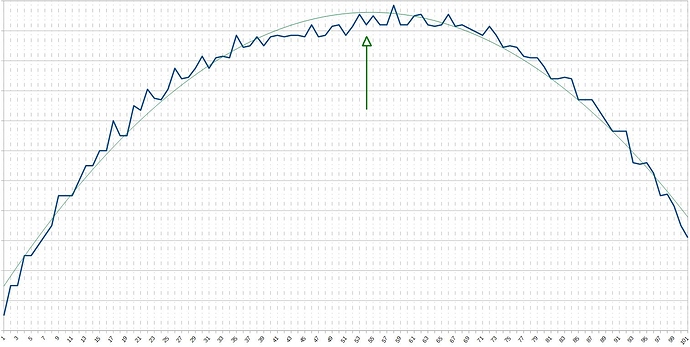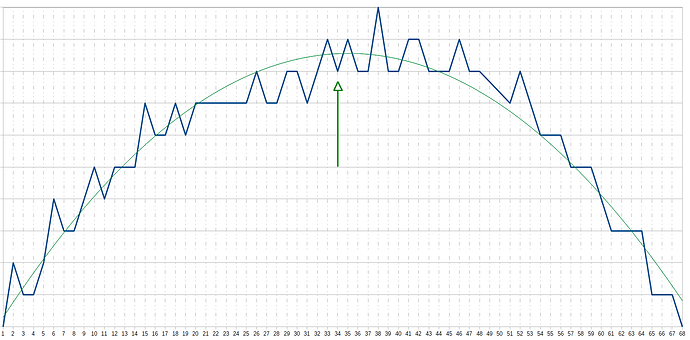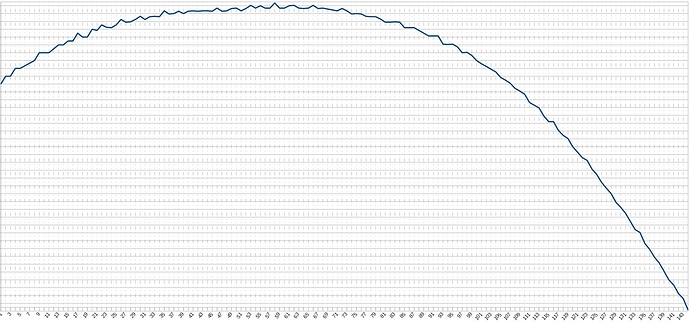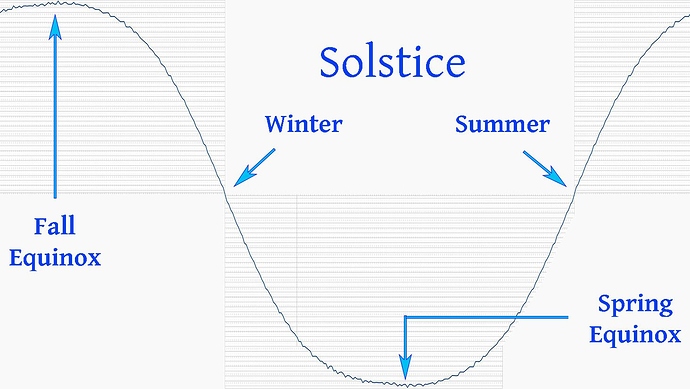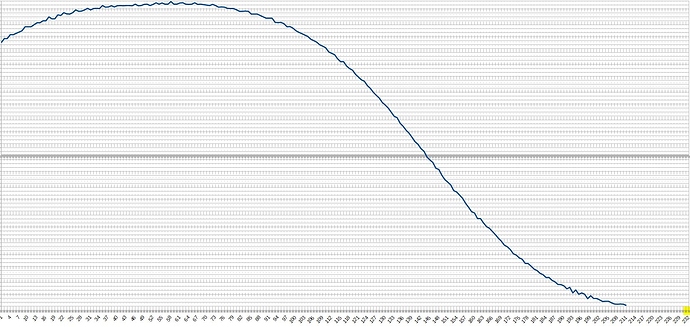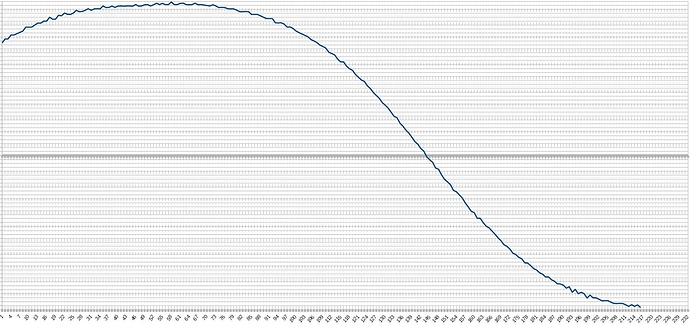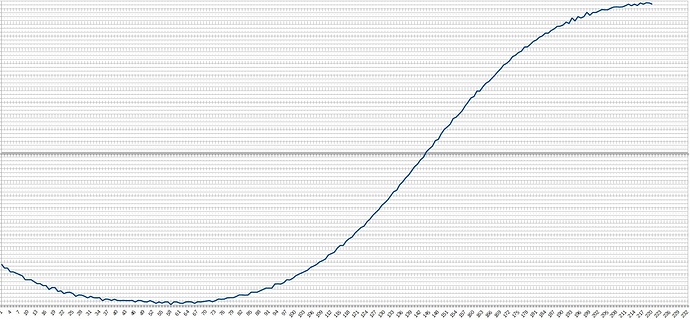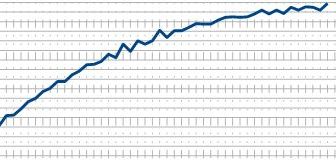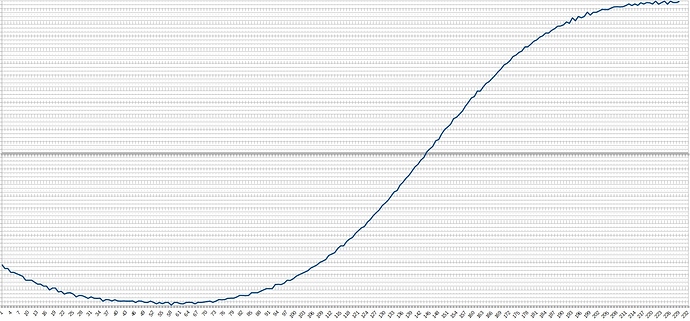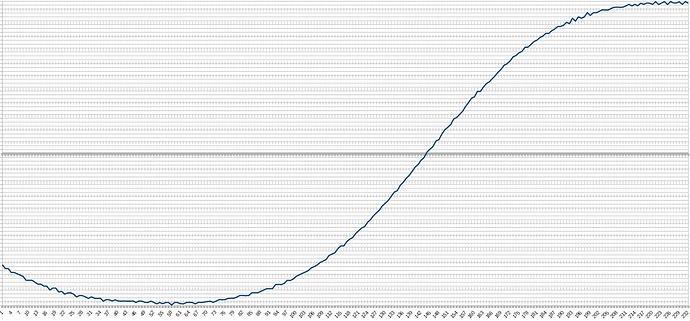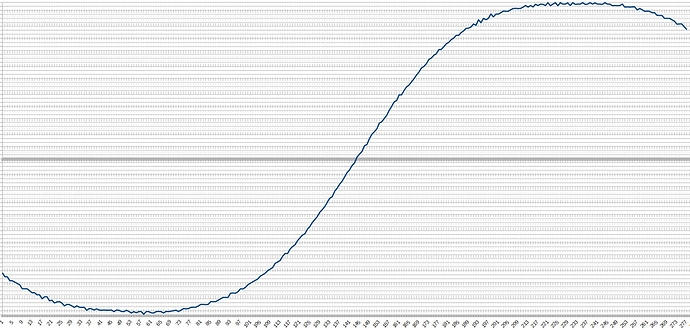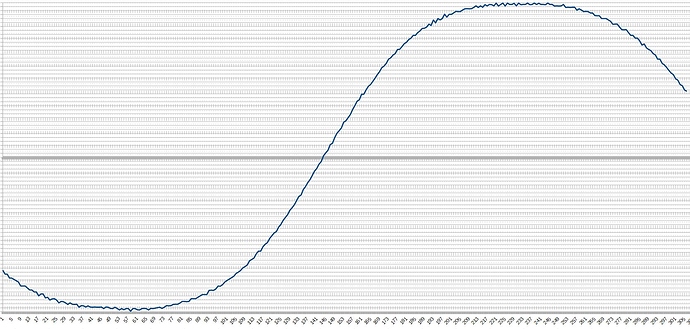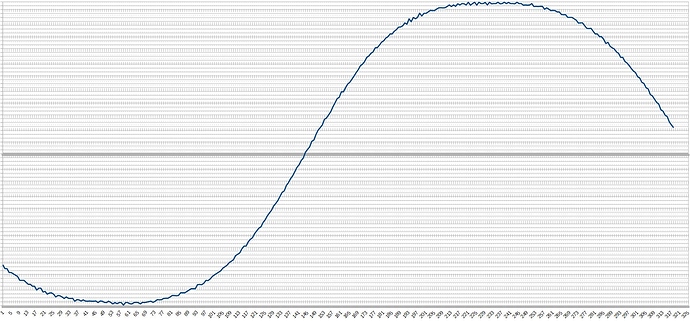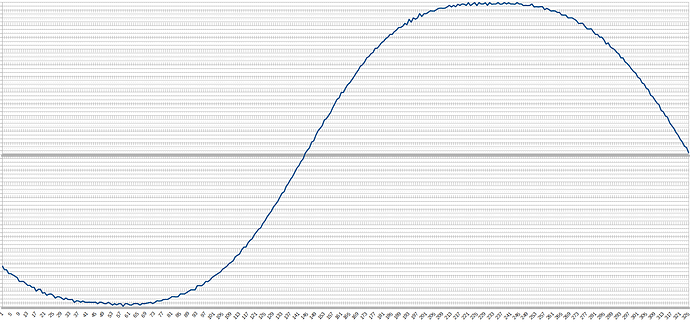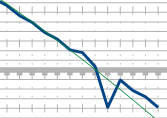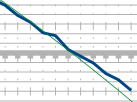I have been capturing a lot of data regarding the sun lately…
… and a pattern has formed that some of you may find interesting…
In an earlier thread of mine, we observed how the “dayLength” changes dramatically around the Equinoxes, and it slows to a crawl around the Solstices…
To gather this new data, I used the new information found in:
$twcweather.conditions.sunriseTimeLocal and
$twcweather.conditions.sunsetTimeLocal
This allows us to capture the SECOND the sun rises/sets.
(If we use $sunset, it drops down to the nearest minute)
So this new $twc option is much more accurate when talking about sunrise/set times.
The graph below shows (yesterday’s dayLength) minus (today’s dayLength).
(101 days… one dataPoint per day)
It is important to note that, because we are rounding four times to the nearest second…
(yesterday’s sunset - yesterdays sunrise) - (today’s sunset - today’s sunrise)
… then the final results may be up to two seconds off. (which is why the graph is jagged)
From the chart above, I would guess that day 58 (the highest point) was the Equinox… but it actually occurred 4 days earlier on day 54. Perhaps the green “trend” line helps us to see that:
(the arrow points to the Equinox)
If we zoom in, it is a bit easier to see…
Here is 68 days, centered around the Equinox, with each number (on the Y axis) representing one sec:
(Notice the highest point in the trend line is on the Equinox, even though some dataPoints may be higher)
I find it especially interesting that there are SIX days with a bigger change than the Equinox…
For the really observant, the slope of the angle changes gradually before the event, and a bit more aggressive afterwards…
Anyways, even with the analog data, the new $twc times for sunset still surpasses $sunset.
When I used $sunset, my dayLengthPercent would vary up to 0.43% on any given day…
Now, using $twc, it can only vary 0.007%. (or within a half second of each event)
Edit:
Updated images to show the recent data

